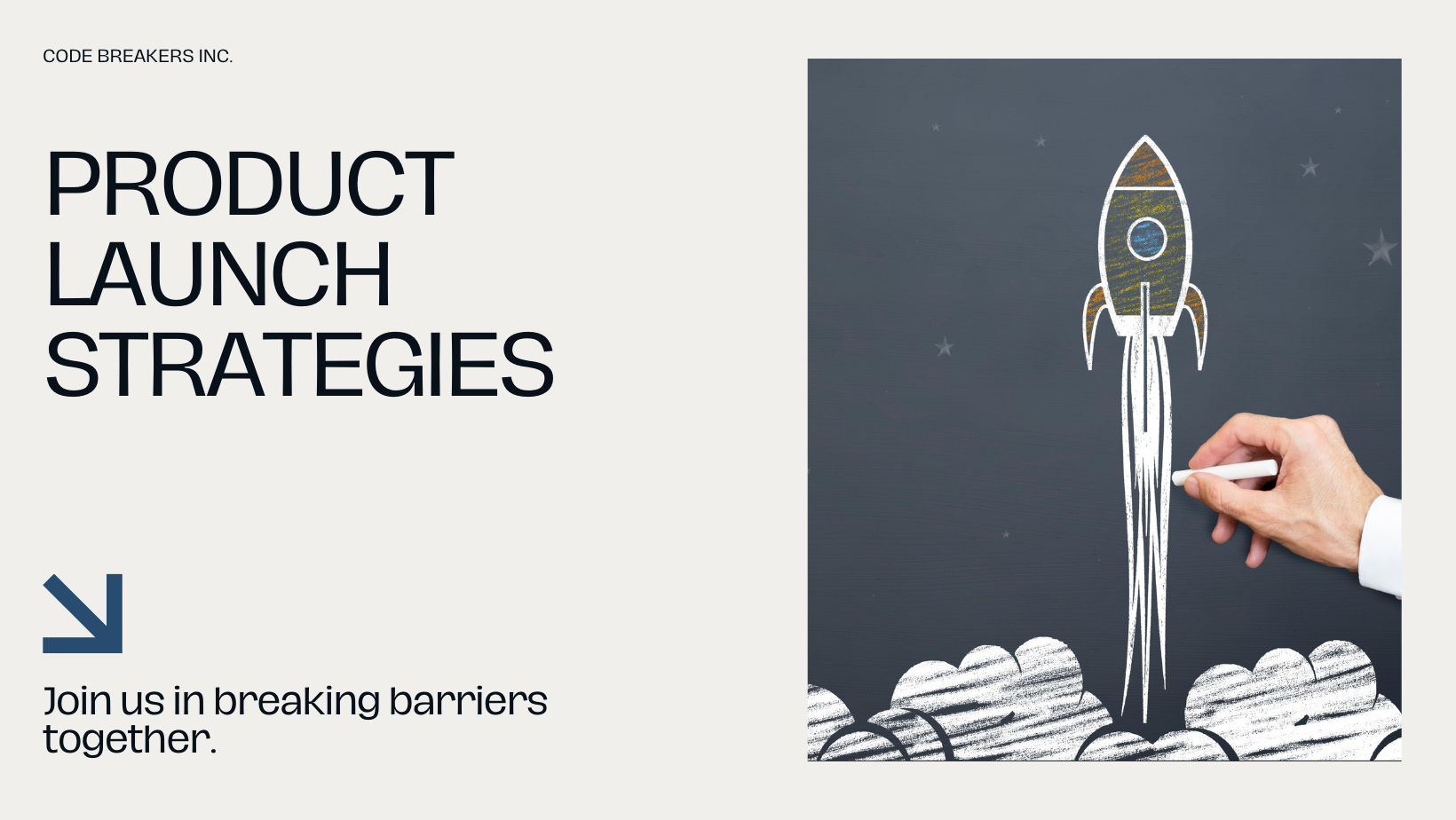Launching a new product in today’s competitive market is no easy feat—it requires careful planning, strategic execution, and relentless innovation. With countless brands vying for consumers’ attention and loyalty, standing out from the crowd and capturing market share requires more than just a great product—it demands a well-executed marketing strategy that generates excitement and drives sales. In this article, we’ll delve into the key components of a successful product launch and share strategies for maximizing visibility, driving sales, and building momentum for your new product.
One of the first steps in launching a successful product is conducting thorough market research to understand your target audience, competitors, and market trends. By identifying unmet needs, pain points, and opportunities in the market, brands can develop products that resonate with consumers and differentiate themselves from competitors. Moreover, market research can help brands identify the most effective marketing channels, messaging, and positioning strategies to reach their target audience and drive demand for their new product.
Another critical component of a successful product launch is building anticipation and excitement leading up to the launch date. Whether it’s through teaser campaigns, sneak peeks, or exclusive previews, brands can generate buzz and anticipation for their new product, driving excitement and anticipation among consumers. Additionally, leveraging influencers, brand ambassadors, and media partnerships can help amplify reach and generate word-of-mouth buzz leading up to the launch.
Moreover, brands should focus on creating a seamless and immersive customer experience throughout the product launch journey. From the moment consumers first hear about the product to the point of purchase and beyond, every touchpoint should be carefully curated to engage and delight consumers. Whether it’s through experiential activations, immersive storytelling, or personalized communications, brands can create memorable experiences that drive excitement, consideration, and conversion.
Additionally, brands should leverage data and analytics to track and measure the effectiveness of their product launch efforts continually. By monitoring key metrics such as website traffic, social media engagement, and sales performance, brands can gain valuable insights into the effectiveness of their marketing initiatives and identify areas for optimization and improvement. Moreover, collecting feedback from customers can help brands identify areas for improvement and inform future product development and marketing efforts.
In conclusion, launching a successful product in a competitive market requires careful planning, strategic execution, and relentless innovation. By conducting thorough market research, building anticipation and excitement, creating seamless customer experiences, and leveraging data and analytics, brands can maximize visibility, drive sales, and build momentum for their new product, setting the stage for long-term success in the marketplace.


